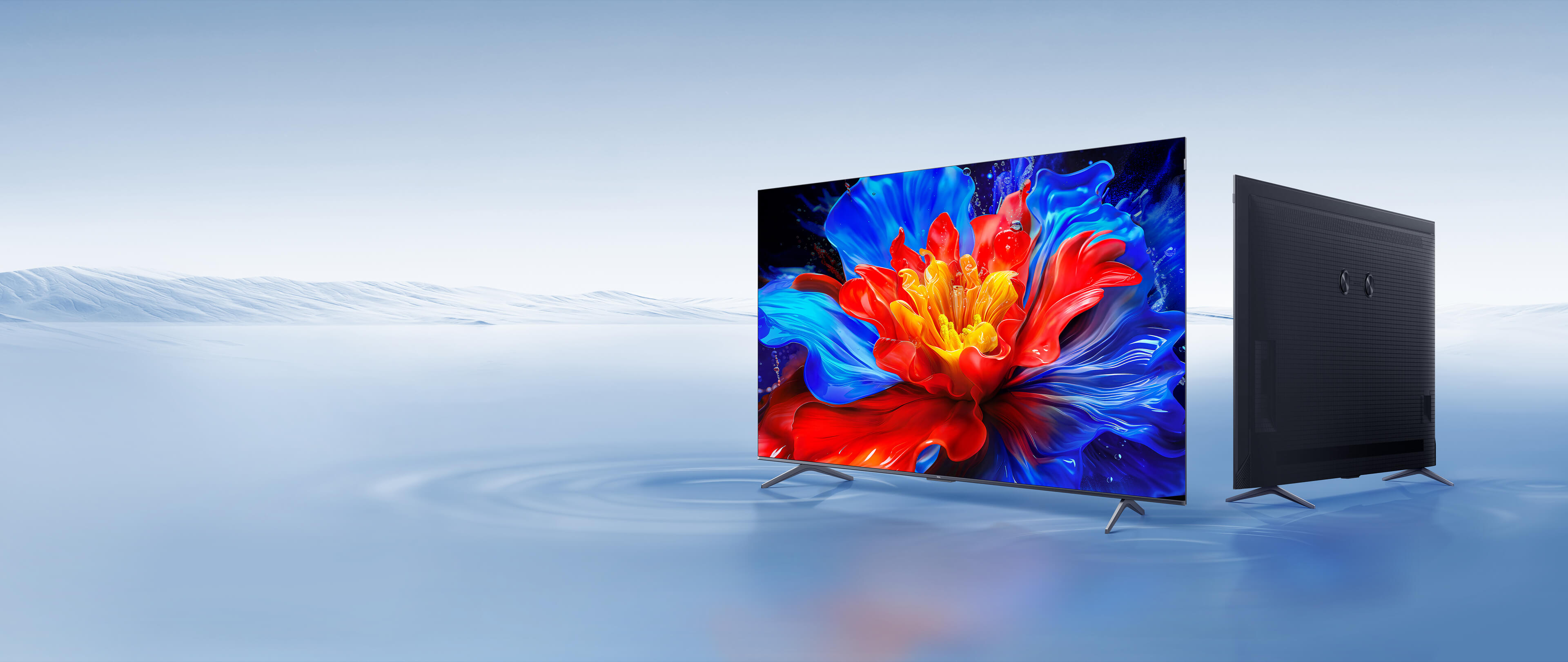Understanding different TV picture quality formats is crucial when choosing the ideal television for your viewing needs. With terms like HDR and UHD becoming commonplace, knowing how these technologies impact image quality ensures you make the right decision. This guide explores the definitions, distinctions, and advantages of HDR and UHD, helping you select the optimal format for your entertainment setup.
What is UHD?
UHD, or Ultra-High Definition, refers to a TV resolution of 3840 x 2160 pixels. Essentially, it offers four times the pixel density of Full HD (1920 x 1080), resulting in sharper visuals and finer details—ideal for large-screen televisions that showcase even the smallest on-screen elements.
One outstanding UHD product is the TCL P7K QLED TV, which combines Ultra-HD resolution with QLED to deliver exceptional picture quality. Featuring an AiPQ Processor, this slim and uni-body TV ensures sharper image clarity and vibrant colors to enhance viewing immersion. This makes it a great choice for users who prioritize resolution-based improvements.
What is HDR?
HDR, or High Dynamic Range, focuses on enhancing contrast, brightness, and color accuracy, resulting in lifelike visuals. By reproducing a wider color gamut and deeper contrasts, HDR ensures stunning highlights in bright scenes and vivid details in darker ones—ideal for cinematic viewing or gaming experiences.
Discover how TCL leverages HDR technology here for industry-leading picture quality.
A premium HDR TV to consider is the TCL C9K Premium QD-MiniLED TV. This device delivers vibrant colors and realistic contrasts, enhanced by Dolby Vision and HDR10 technology, offering unprecedented visual performance. If immersive and lifelike visuals are key to your entertainment, this HDR-enabled TV delivers exactly what you need.
Key Differences Between HDR and UHD Over Picture Quality
Picture Dimensions
UHD improves resolution by increasing pixel density, offering clearer visuals and sharp details across large screens. HDR, however, enhances color depth and brightness dynamics, adding layers of realism to the same resolution.
Color and Brightness
While UHD provides high clarity for standard colors, HDR elevates the experience by reproducing a broader color palette and managing brightness dynamically. This ensures vibrant visuals that closely resemble real-life scenes.
Visual Immersion
UHD focuses on detail, ensuring better picture quality with precise edges and textures, while HDR creates a more immersive experience by adding depth to lighting and colors. HDR is better suited for dramatic sequences, nature documentaries, or gaming where realism is crucial.
Key Factors to Consider When Choosing
Picture Quality
If sharp resolution is your priority, UHD delivers unmatched clarity, especially for larger screens. If vibrant colors, realistic contrasts, and dynamic brightness levels matter more, HDR is the way to go.
Content Compatibility Support
Consider the type of content you consume regularly. UHD is compatible with most streaming services and Blu-ray content, whereas HDR shines with movies, games, and shows optimized for dynamic visuals.
Conclusion
Understanding the differences between HDR and UHD is essential to choosing the right format for your needs. UHD enhances sharpness and clarity, while HDR elevates realism with dynamic visuals.
But you can choose both. TCL P6K 4K HDR TV, TCL P7K QLED TV and TCL P8K QLED TV combine UHD resolution with HDR capabilities, striking the ideal balance between clarity and lifelike immersion. With cutting-edge features like the AiPQ Processor and Wide Color Gamut, TCL’s TVs ensure you get the best of both worlds, transforming your viewing experience into one of premium quality.
Explore TCL’s range of TVs to take your entertainment setup to the next level today!
Connect with us on Facebook, Instagram, Twitter & YouTube for the latest updates on our TCL Products and events.


